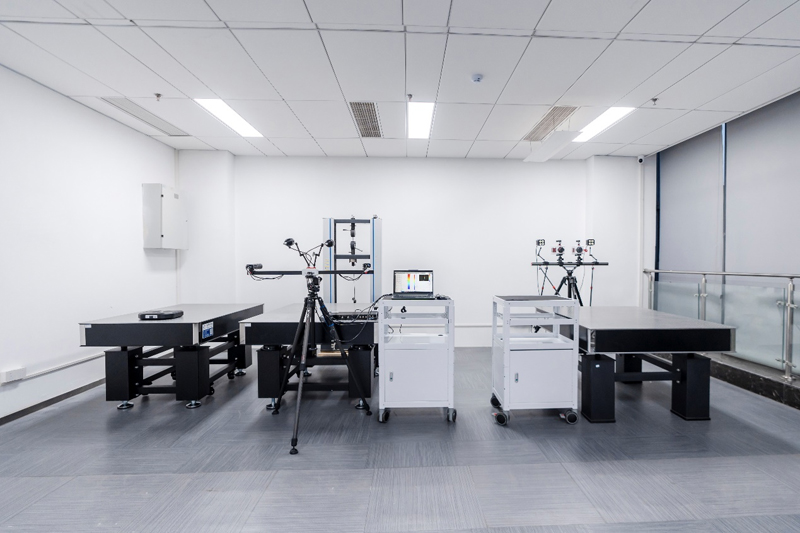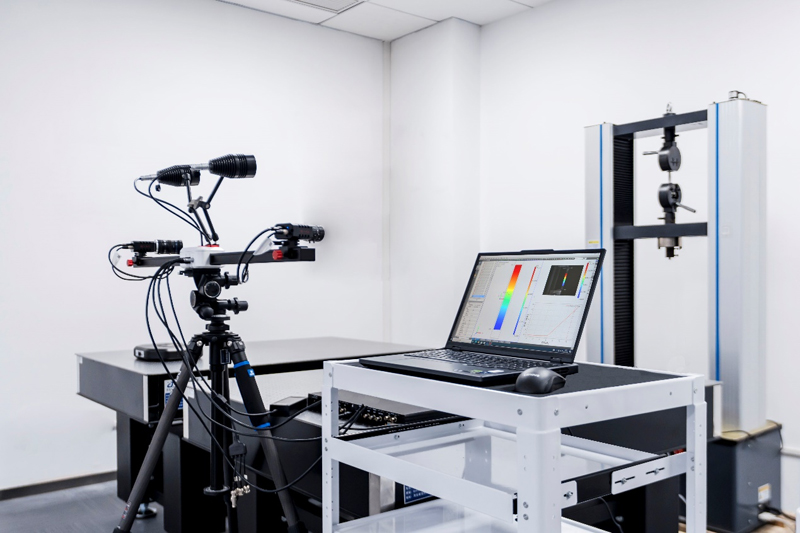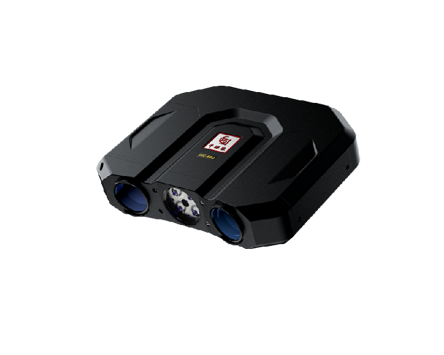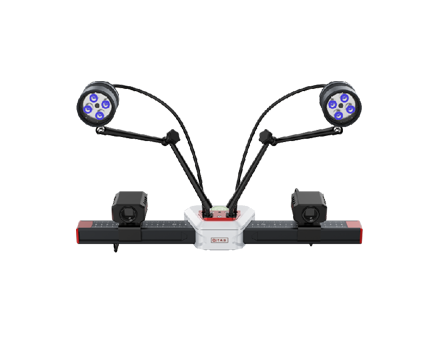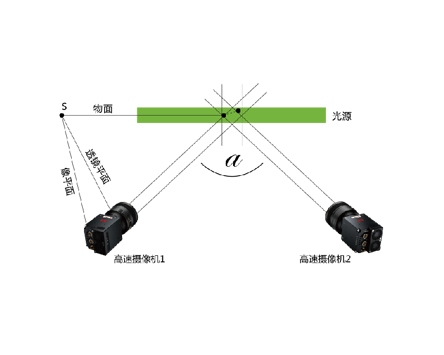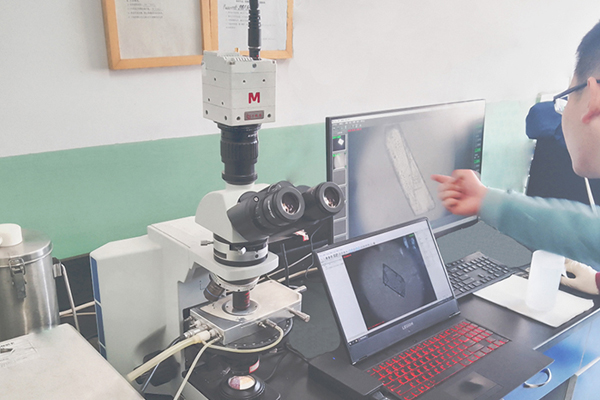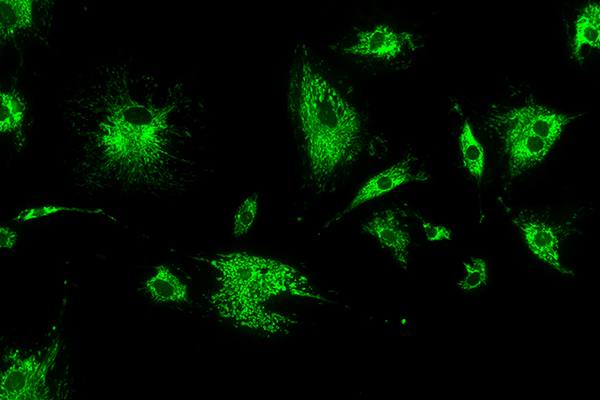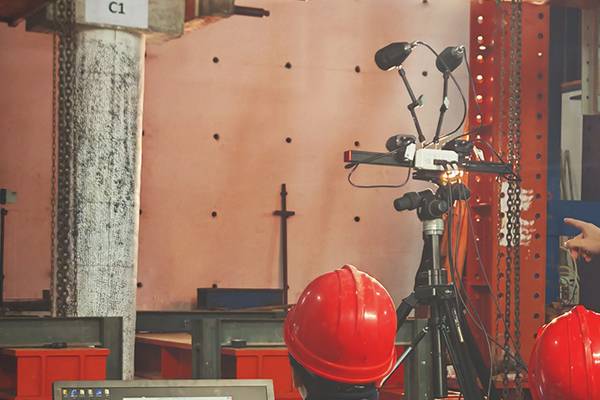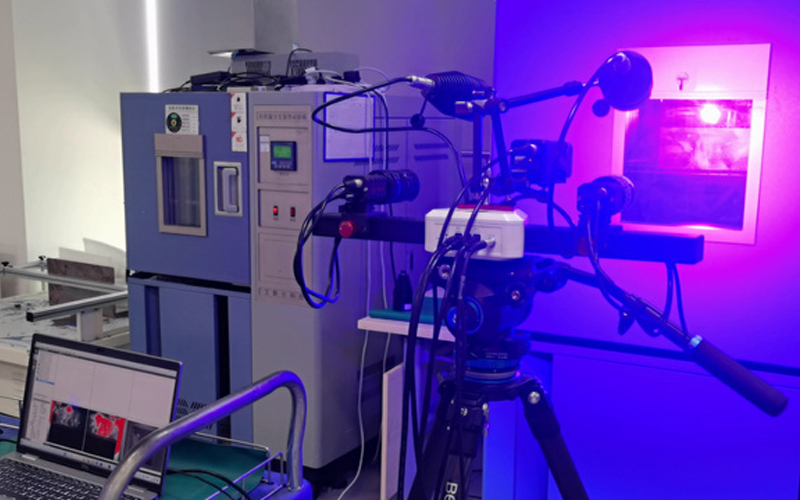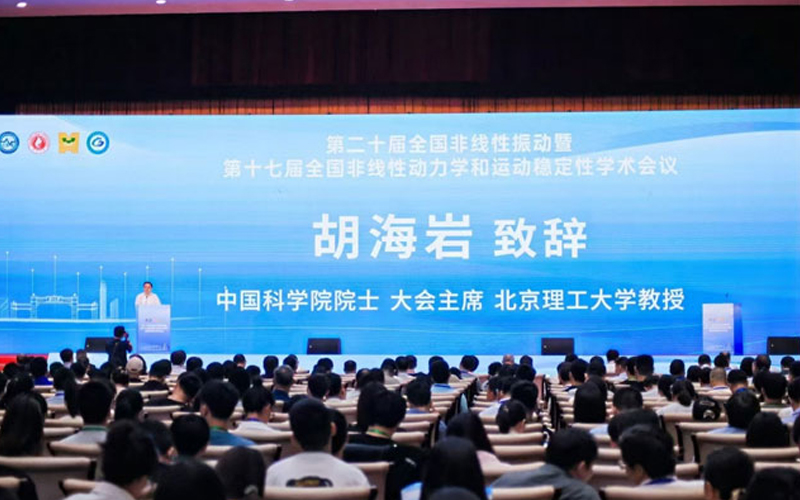
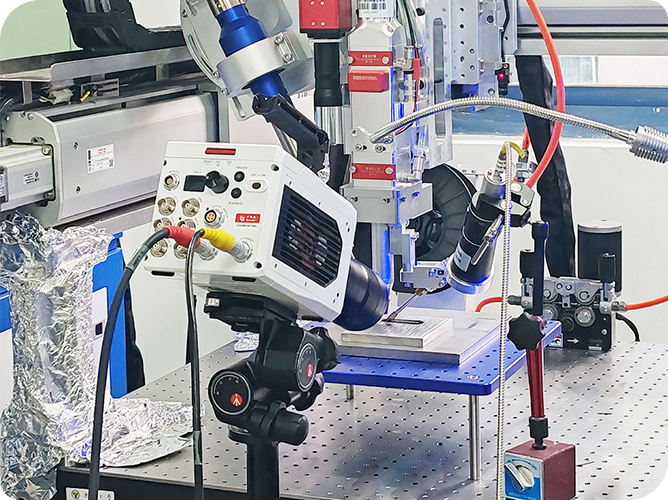
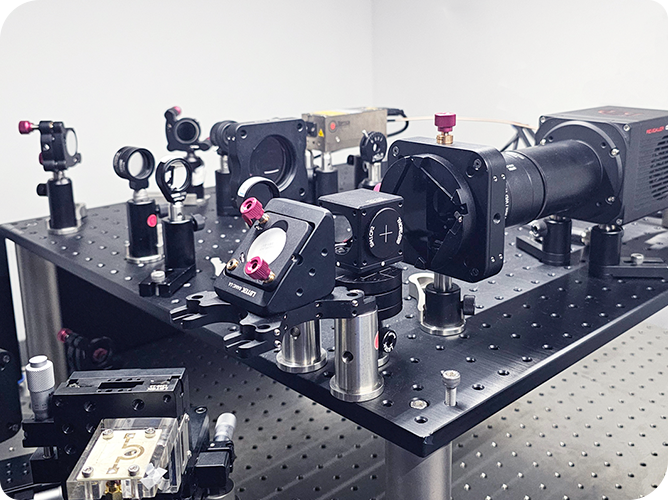
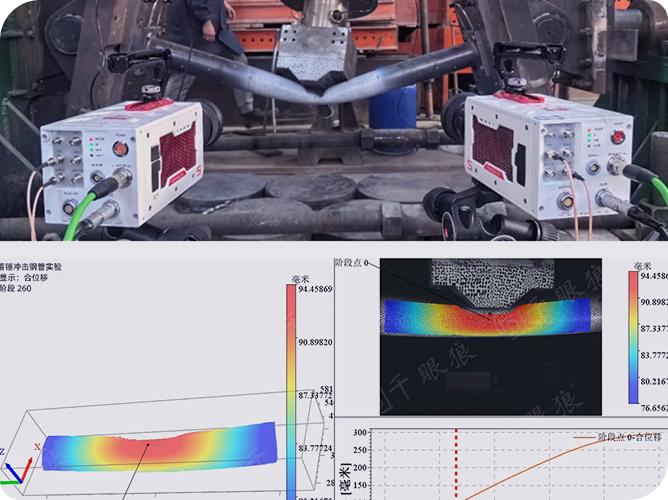
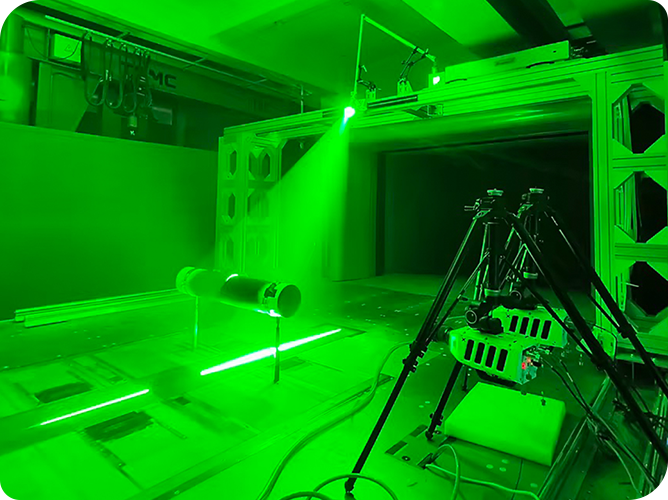
Experimental research | Non-contact measurement of riser vortex-induced vibration modal experiment based on DIC technology
1. Experimental Background
Deep-sea risers are core components of marine oil and gas transportation and seabed observation systems. Long-term erosion by ocean currents will induce vortex-induced vibration (VIV), leading to fatigue damage and fracture of the riser structure, threatening operational safety. Traditional strain gauges or accelerometers can only obtain local point data and cannot fully characterize the full-field dynamic response of the riser under complex modes.
Recently, engineers from Qianyanlang Technology and researchers from an engineering laboratory jointly conducted a non-contact measurement experiment of the vortex-induced vibration modal of the riser based on DIC technology.
2. Experimental Purpose
1) Capture the full-field displacement distribution and high-order vibration mode evolution law under different flow velocities in the riser.
2) Quantify the strain concentration area when the vibration mode switches and evaluate the riser life.
3. Experimental equipment
1) Dimensions of the main body of the water tank: 28 m × 10 m × 4.5 m.
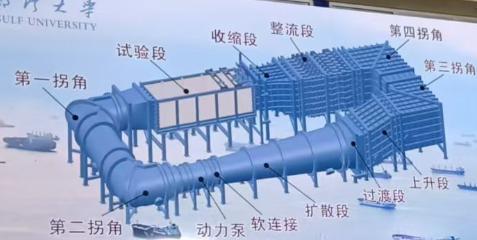
2) Flexible riser, length 1.5 meters.
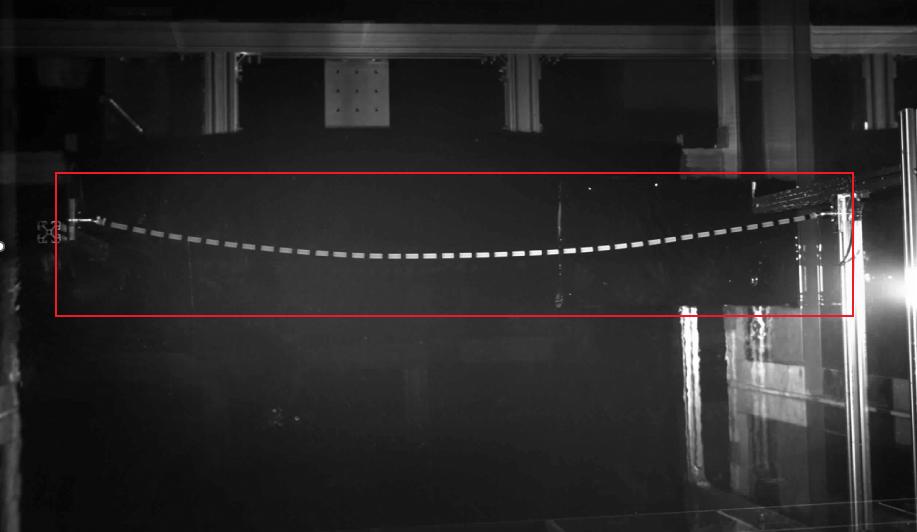
3) Revealer DIC binocular high-speed measurement device, consisting of 2 high-speed cameras (2560×1920 @2000fps), a high-power 300W light source, a synchronous controller, and DIC three-dimensional strain measurement software.
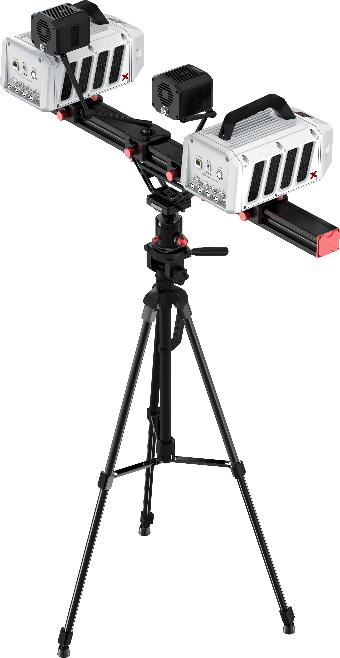
4. Experimental process and data
The first step is to build the Revealer DIC binocular high-speed measurement device, covering a 2 m * 1.6 m field of view, as shown in the figure.
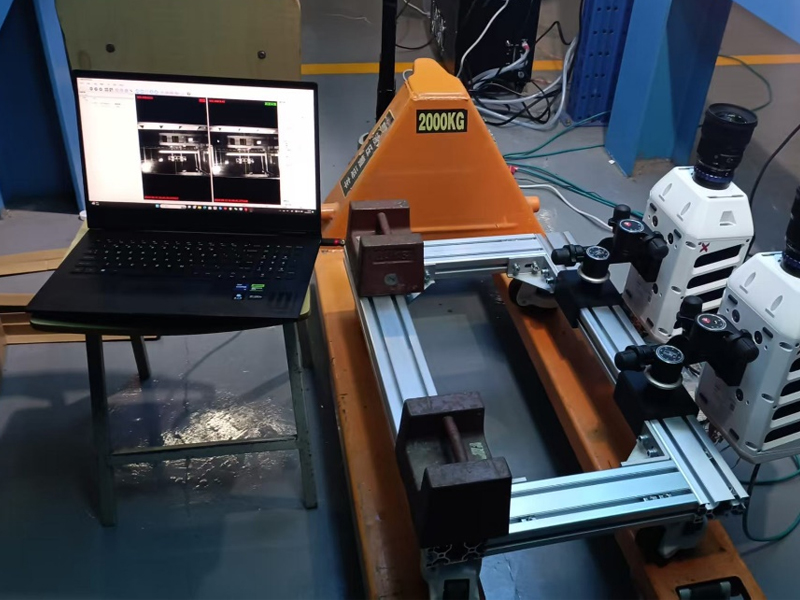
In the second step, the surface of the flexible riser is sprayed with high-contrast speckle.
The third step is to fix the flexible riser in the middle of the water tank, start the water tank, and continuously and evenly increase the motor speed to adjust the water flow rate to a stable 2 m / s.
Step 4: Adjust the camera angle to 20 °, adjust the lens focus ring, adjust the light source angle, make the image clear, place the 80mm point spacing calibration plate in water, and perform 24 - step standard calibration to correct image distortion and determine the spatial position relationship.
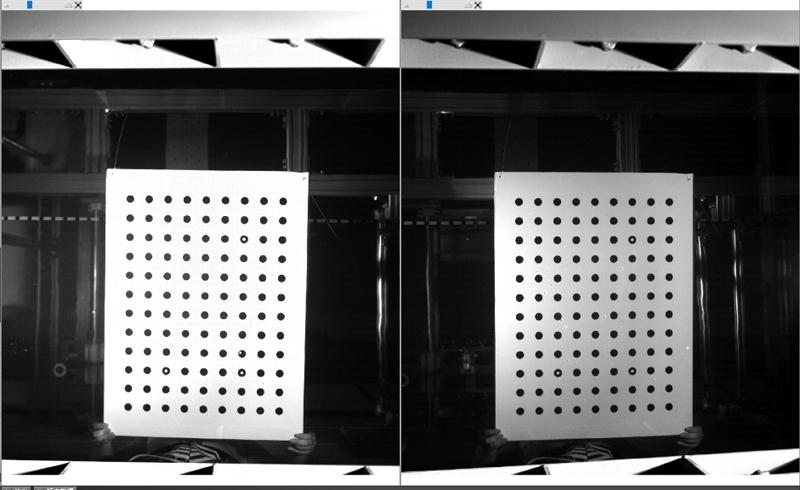
Step 5 The Revealer high-speed camera was used to collect the original image of the riser's swinging state in the water flow, and the DIC three-dimensional strain measurement software was used to calculate the displacement values DX/DY/DZ of the riser in three directions (Video 1), and the modal analysis module was called to analyze the mode of the riser (Video 2 ).
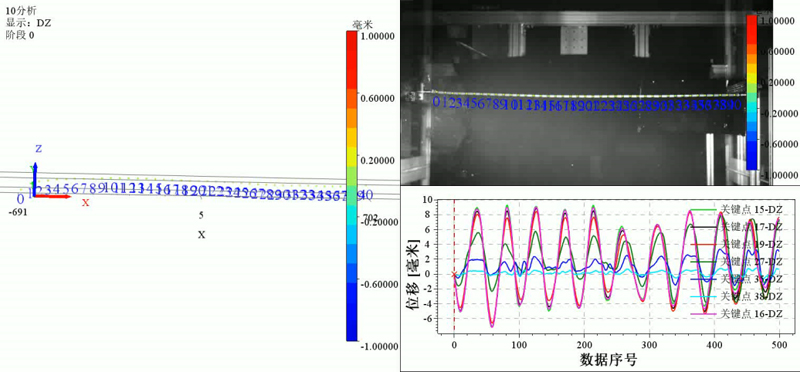
有视屏
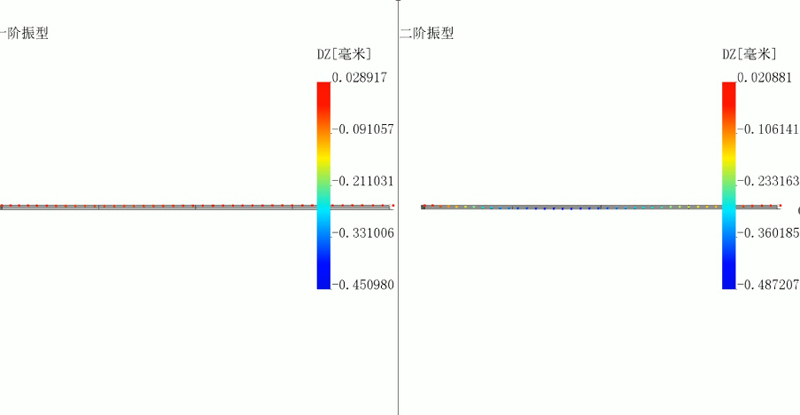
有视屏
5. Experimental Conclusion
The experimental results show that the displacement and strain distribution of the riser under different vibration modes are different. Under the first-order vibration mode, the displacement and strain of the riser are mainly concentrated in the middle area, and increase with the increase of vibration frequency; under the second-order vibration mode, the displacement and strain distribution of the riser show obvious nodes and antinodes, and the strain value reaches the maximum value at the antinode, indicating that the stress on the riser under the second-order vibration mode is more concentrated and uneven, and fatigue damage is prone to occur.
Experiments have proved that the Revealer DIC binocular high-speed strain measurement system can accurately measure the displacement and stress distribution of the riser under different vibration modes , providing technical support for scientific researchers to explore more effective vibration reduction measures.
Attached with optical imaging measurement laboratory
The Qianyanlang Optical Imaging Measurement Laboratory is one of the key research and development bases built by the China Science and Technology Vision Reference Metrology Institute and the laboratories of key domestic universities. It covers an area of about 200 square meters and currently has a full-time optical measurement team of more than 20 people, including 7 doctors. It provides comprehensive, visual, and system-level solutions based on high-speed photography technology and digital image related technologies. It provides 20kN pedestal and 5kN desktop universal testing machines, video extensometers, high-speed cameras, high-resolution cameras, high-precision displacement detection optical platforms, laser interferometers and other instruments and equipment to visualize the stress-strain behavior, elastic modulus, elongation, Poisson's ratio, crack extension characteristics, etc. of various types of materials such as metals, composites, and elastoplastic materials under dynamic, static, and thermal loads.
The Qianyanlang Optical Image Measurement Laboratory is open to teachers from universities, research institutes, and technical personnel from enterprises and institutions. You are welcome to make an appointment for communication.
